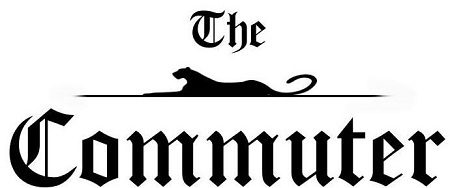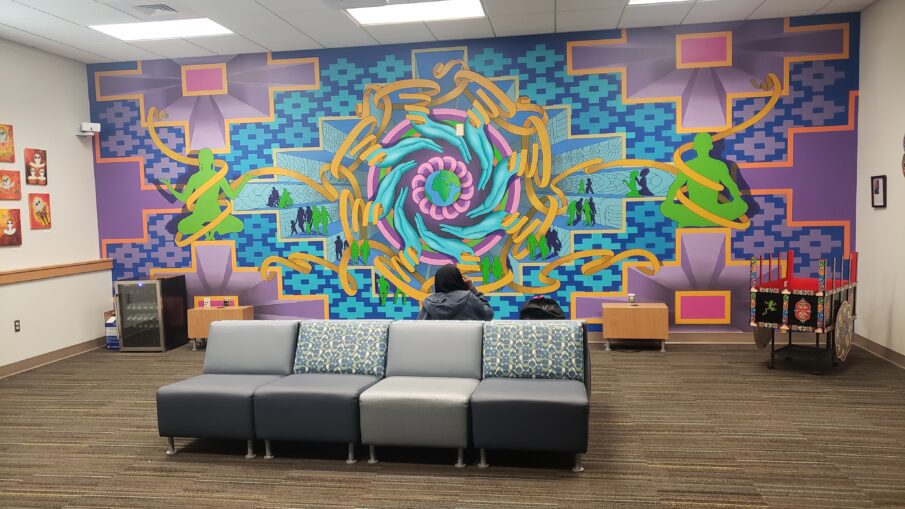By Simon Cooper
The Commuter
Frederick Community College’s Making Our Spaces An Inclusive Community, or MOSAIC Center, reopened its doors in September and transformed the center to showcase a variety of Hispanic/Latino/Latinx artwork.
MOSAIC Center, located within the Student Center in room H102. It was established by Cody Rosenbarker, program manager of Student Affairs Initiatives, in order to celebrate diversity, challenge students inequities, and promote inclusiveness on campus.
In September, Rosenbarker was inspired by two real world events to make the MOSAIC Center an art gallery for Hispanic and Latino cultures.
“Part of the reason we decided to make it about Hispanic and Latino art was because (September is) Hispanic Heritage Month,” Rosenbarker said. “But there’s also, for example, a student came up to me and told me she was in class, and she said she was Latina and someone said they ‘didn’t look Latina.’ There was a person who didn’t feel welcomed on campus … she didn’t feel like she was excepted for who she was. We’re trying to showcase here that Hispanic and Latino cultures don’t take up just one form, they take many forms.”
When walking inside the MOSAIC Center, visitors see the variety of Hispanic and Latino art displayed, ranging from abstract paintings to portraits. Visitors also receive a pamphlet of the artists who were involved. The pamphlet contains a quote from each artist to commemorate their cultures or stories of what it was like emigrating to the United States; many of these artists coming from Central and South American countries such as Peru, Uruguay, Columbia, and Argentina.
“We have a total of six artists on board … all immigrants to this country from Central and South America,” Rosenbarker said. “I wanted them to have a space to celebrate their home countries, but also tell their stories and experiences behind coming to this country, giving students a backdrop of they feel.”
The effort and passion on display is extremely commendable, and a big challenge to the MOSAIC Center is to present students who may not fully understand the various cultures on display.
But how does the MOSIAC Center get students in the doors in the first place?
“A lot of the times the student that come aren’t going to be the ones that don’t need that message the most,” Rosenbarker said. “So, a big part of what I do is collaborate with faculty staff to bring their whole class. Because when a class comes it not only exposes more students to get that conversation started but it also gets people in here that wouldn’t have come otherwise.”
Rosenbarker said MOSAIC Center plans on using the fall semester to showcase more themes of inclusiveness.
October starts Disability Awareness Month, so he is planning “a couple of events” to commemorate the coming month
Rosenbarker wants the MOSAIC Centers decisions to ultimately be decided by the students on campus.
“I don’t want to continue to dictate what comes out of here myself. What I would prefer to do is listen to the students and listen to the problems they’re having and develop the programming in order to help them out,” he said.

